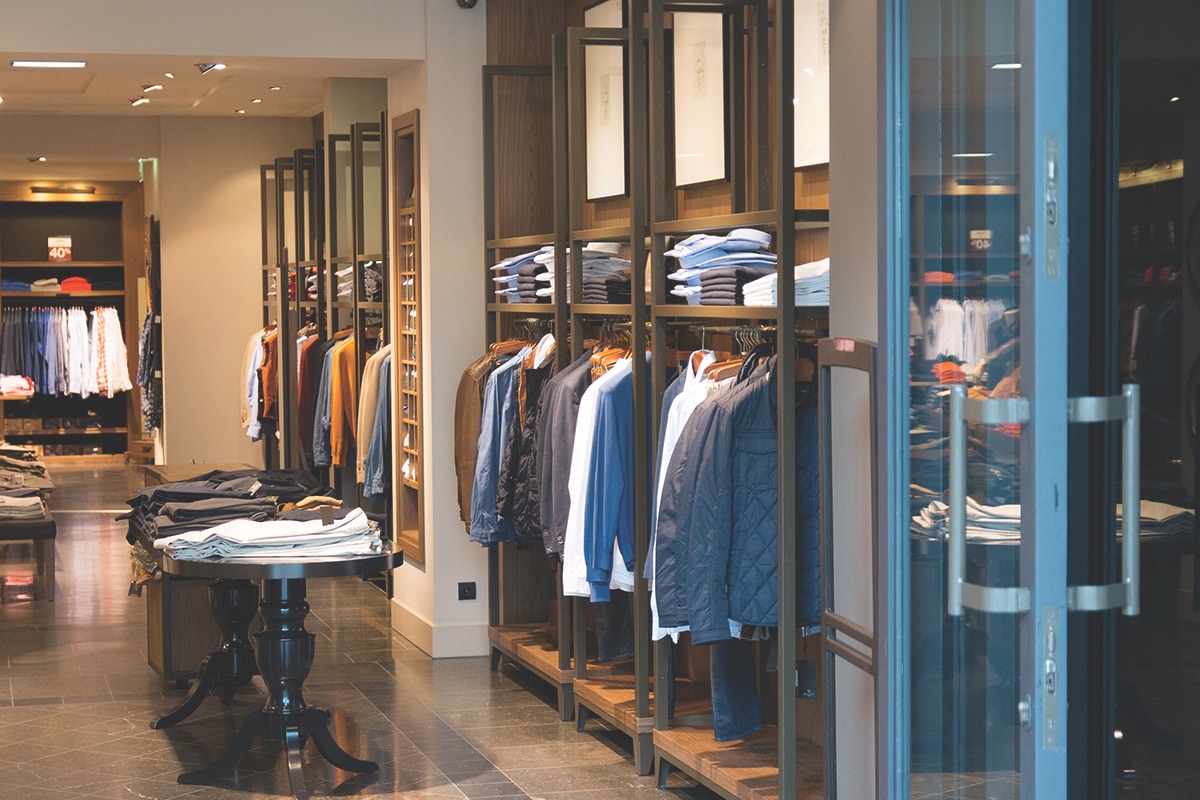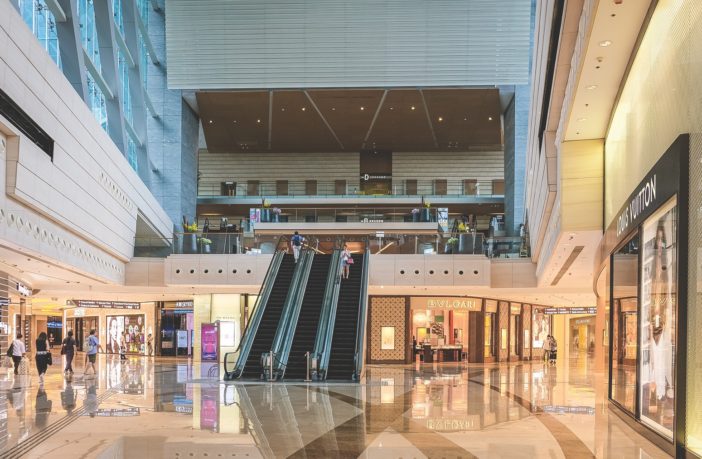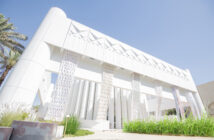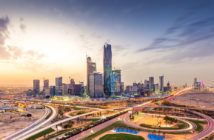BY REINA TEJANO-BERINA
Shopping in Saudi Arabia has proven to be more than just an act of purchasing goods – it is a recreational hobby for most people – and the mall culture here is a fundamental part of one’s lifestyle. From the treasured traditional souks to the upscale, modern malls and now towards a blooming e-commerce market, Riyadh’s retail industry is on the move.
From the bright lights of spacious stores to the vibrant colors of multiple displays of merchandise, shopping malls should be considered modern wonders of the world. It is where people from all walks of life come together and find sanctuary in the confines of a large “mothership” as I like to call it. Whether it’s window shopping or a millionaire’s blow out, there’s no doubt that shopping is the easiest way to indulge our wants and needs as a retreat from our busy lives, especially here in Saudi Arabia.
Shopping History
The marketplace or “souks” has always been marked in history as a gathering place not just for merchants, but also for those seeking engagement with their community. Local trade of livestock, textile, incense, and gold characterized the earlier days of retail in Saudi Arabia. But because of the limited options for social activities back in the day, souks would also be frequented by men, women and children as a way to pass their time and socialize.
Traditional souks such as Souk Taibah and Deerah Souk were the initial stomping grounds for local retail businesses in Riyadh. They were mostly designed as plazas, where people navigate their way in the open air. Each square would specialize in certain wares, such as gold, abayas, evening gowns, tailored thobes, curtains, and other home needs. During day time, these places were like ghost towns. But as the sun sets and the final prayer of the day ends, people begin to flock the souks to shop, bargain and have a cup of gahwa (Arabic coffee).
This habit has grown well-into modern-day times as the popularity of mall centers began to flourish in the Kingdom by the 90s. Once a significant go-to spot was Al Akaria Mall along Olaya St., which is the first ever mall in the Middle East. It had a modest selection of clothing stores – most of which were local brands, and a few food stalls. In the year 2000s, a major step that upped the mall culture of Riyadh was the construction of Al Faisaliah Tower and Kingdom Centre which served as both commercial and office spaces. They instantly became beloved city landmarks, hosting the most lavish and stylish of brands. Those days are now a stark contrast to the enormity and quantity of newer malls that have been built in recent years. Malls such as Riyadh Gallery, Granada Center, Al Nakheel Mall and Riyadh Park have an average of over 70 stores, with dedicated activity centers and indoor amusement parks for children (some even have cinemas). Within the span of a decade, the capital city of Riyadh alone has around 20 malls in the Kingdom with the rest of the country holding another 30 or more in the Northern, Eastern and Western regions. That number is set to become higher as plans for bigger and newer malls are on the pipeline for companies such as Arabian Centers and Hamat Property Co.
Retail Round-Up
The emergence of these bigger, modern malls have also served as a gateway for international mainstream brands to tap the Saudi market. Big retail industry names like The Gap, Adidas, Nike, Marks & Spencer, Victoria’s Secret, H&M and the like are now within reach – and their presence have heavily influenced a change in consumer behavior here: keeping them abreast with the current style trends and making customers more brand-conscious than ever.
There is also no shortage of luxury brands in Saudi, especially in the city center where your purchasing power can equate to your social standing. The exclusive clientele of Van Cleef and Arpels, Tiffany’s, Stuart Weitzman and Cartier have their own ritzy nooks in the malls where products don’t require price tags, only prestige for their affluent patrons. Centria Mall, Kingdom Centre and Riyadh Park are the three major malls where upscale shoppers can feel at home.
But as always, there will always be a thrifty shopper and high-end brands are not everyone’s cup of tea. There are many local fashion retailers with mass-produced items offered at a more practical price point such as the famous Al Haram Centers and Hazaz Shopping stores. These particular commercial centers are suitable for big households on a budget but still aim to shop for all their family members. Souk Taibah and Deerah Souk remain as local favorites where one’s haggling skill is put to the test. Lest we forget those “riyalin” stores – where you can get almost any household or school item starting from 2 riyals and up.
Sale Season aka Spending Season
Ideally, the major sale seasons in Saudi Arabia used to happen twice: once in the middle of the year and another towards the end. However, the past couple of years have been unpredictable with more and more brands coming up with favorable deals almost every month.

As of writing, the Black/White Friday sales have struck strong in the stores of Saudi Arabia, both in malls and online. Customers are most likely still reeling from the widespread discounts that were served up over the weekend. Buy One, Get One promos and sale prices of up to 90% off have been advertised all over town – and it’s not the first time that campaigns such as these have been recorded. It is these kinds of incredibly marked down prices with such a low to none tax rate that serve as an allure to shoppers here. The sale season has been designed to be irresistible and if you don’t keep your eyes closed (along with your wallets) then the chances of being commercially convinced is not that far off.
E-Commerce on the rise
The majority of the target market these days (aged 25-34 years old) are predominantly tech-savvy and owns a smartphone. With that in mind, companies are beginning to catch up with the use of the internet as the new way of pushing retail in a more accessible and convenient manner. Riyadh, in particular, is developing a lot of its infrastructure at the moment and many shoppers may find the traffic too time-consuming for their benefit.
Shopping sites such as Souq.com, iHerb.com, and those noted by Ayesha Marium in her article on online shopping (page 34) are just some of the websites/phone applications that are popular to Saudi shoppers at the moment. By the end of 2020, the e-commerce industry in Saudi Arabia is expected to rake in over 10.8 million USD.*
With the implementation of Saudi Vision 2030, the new changes have already been evident in the shopping experience here. More and more female Saudi sales persons are now holding positions in retail stores that was once dominated by only men. In addition, as the country opens its doors to tourism, the potential to tap on the tourists’ purchasing power is a promising new sector.




